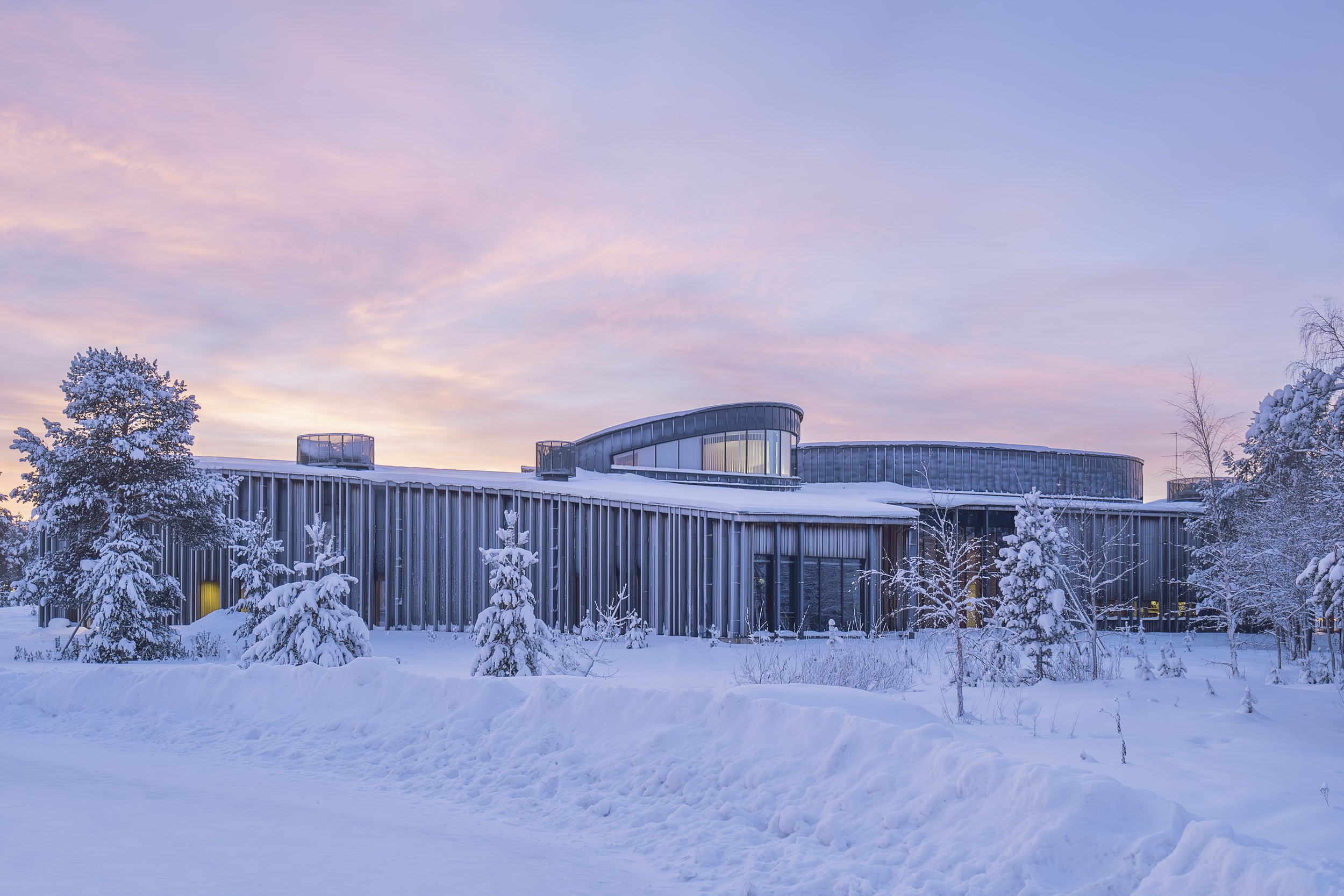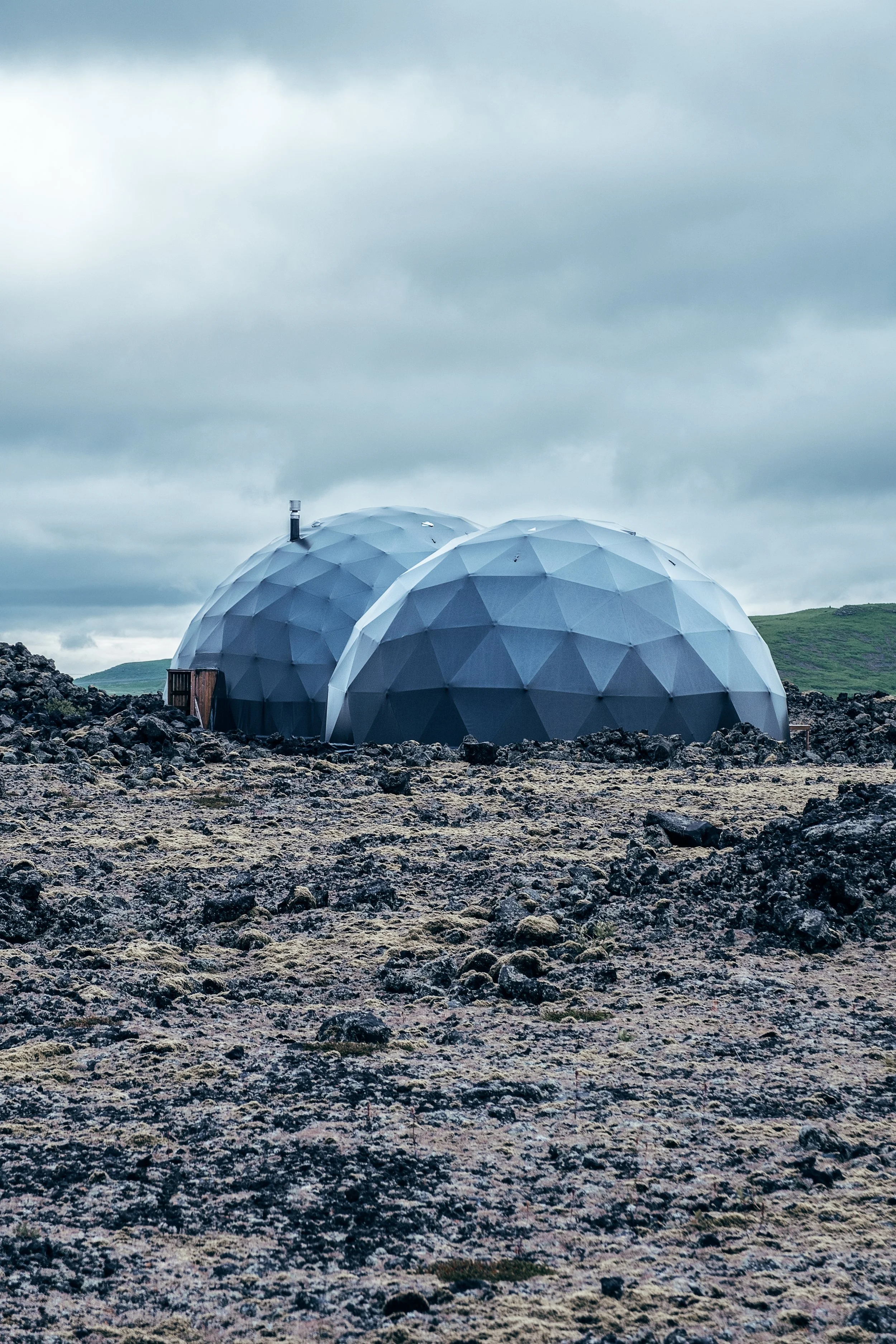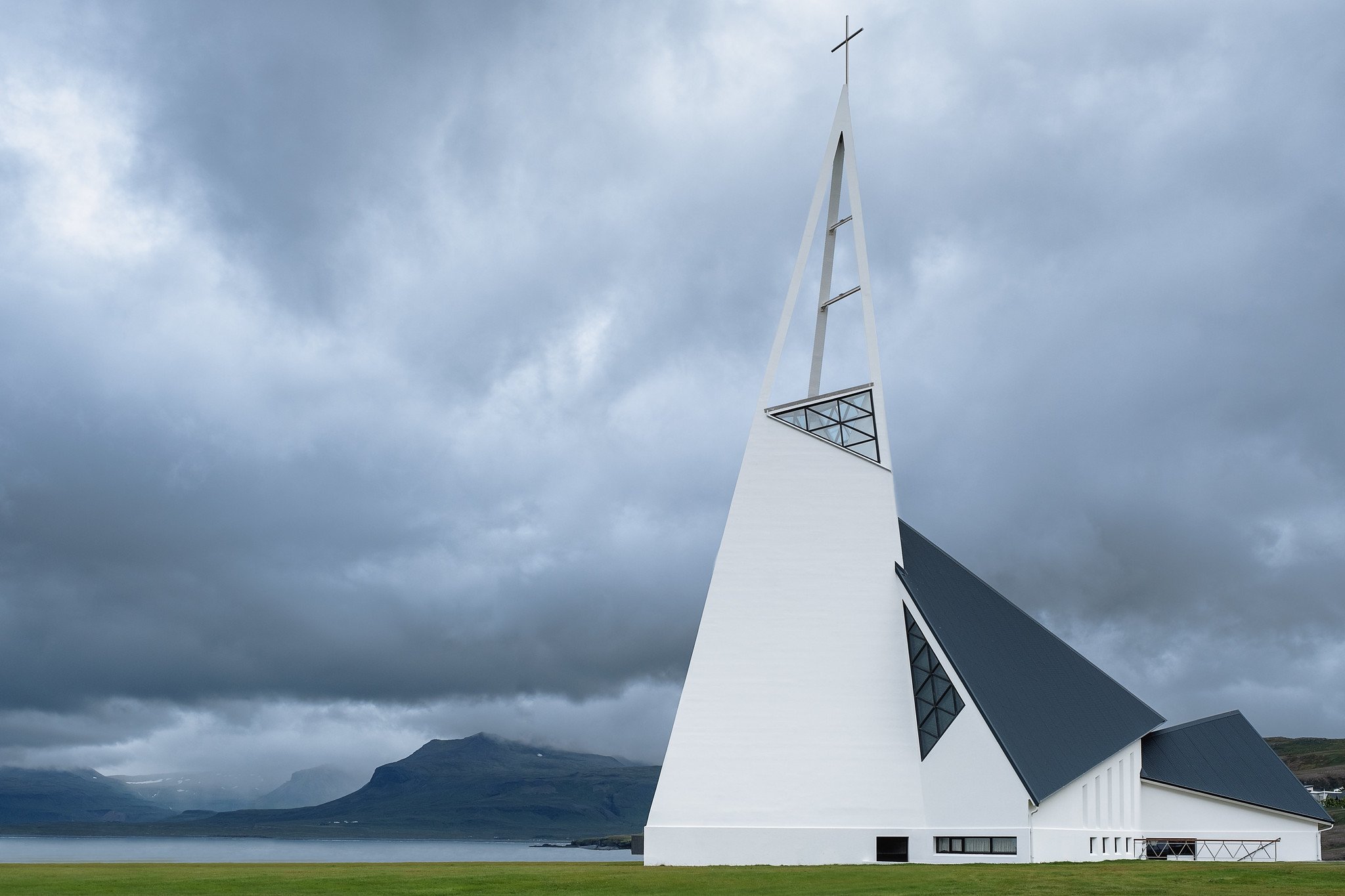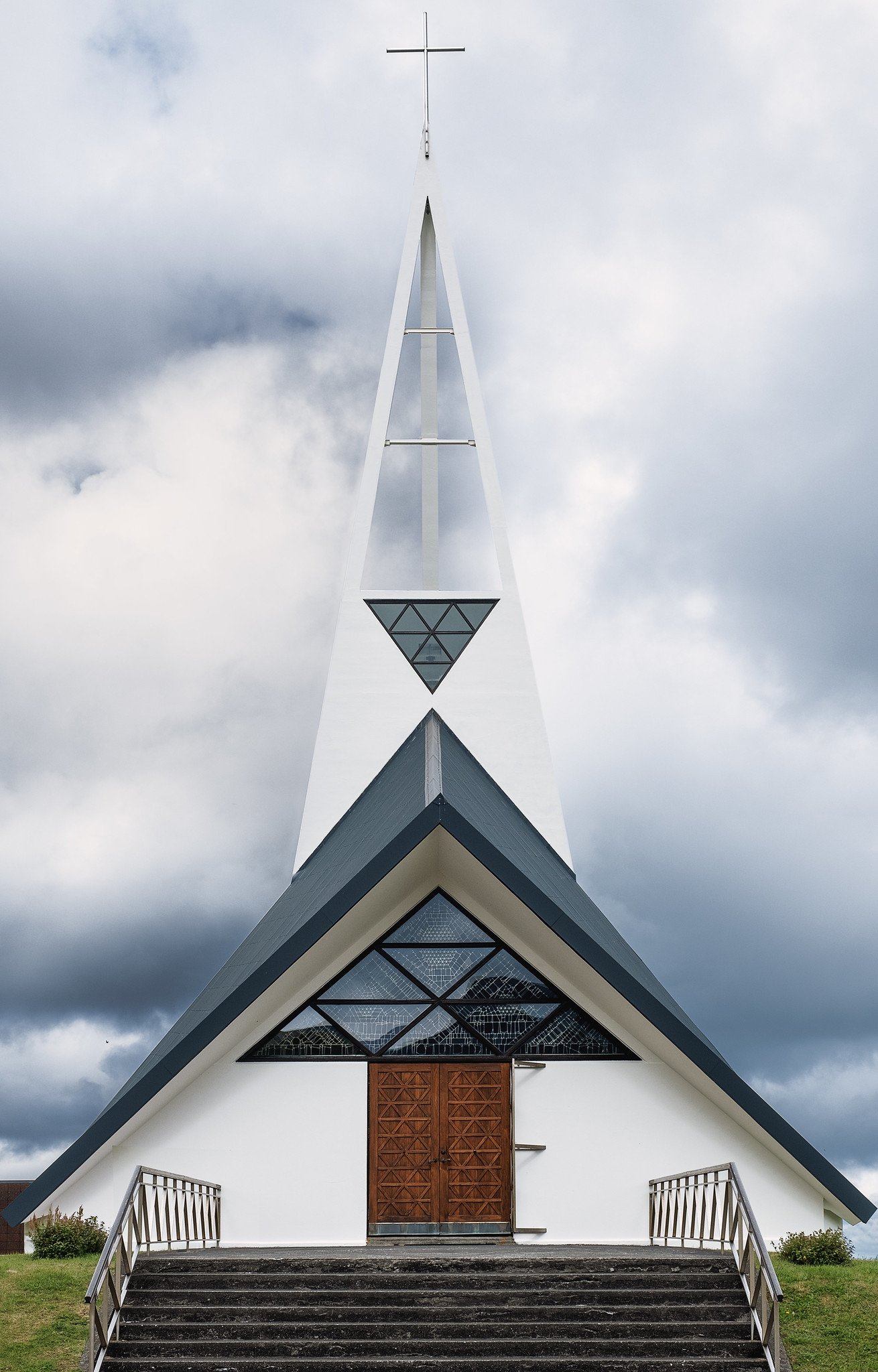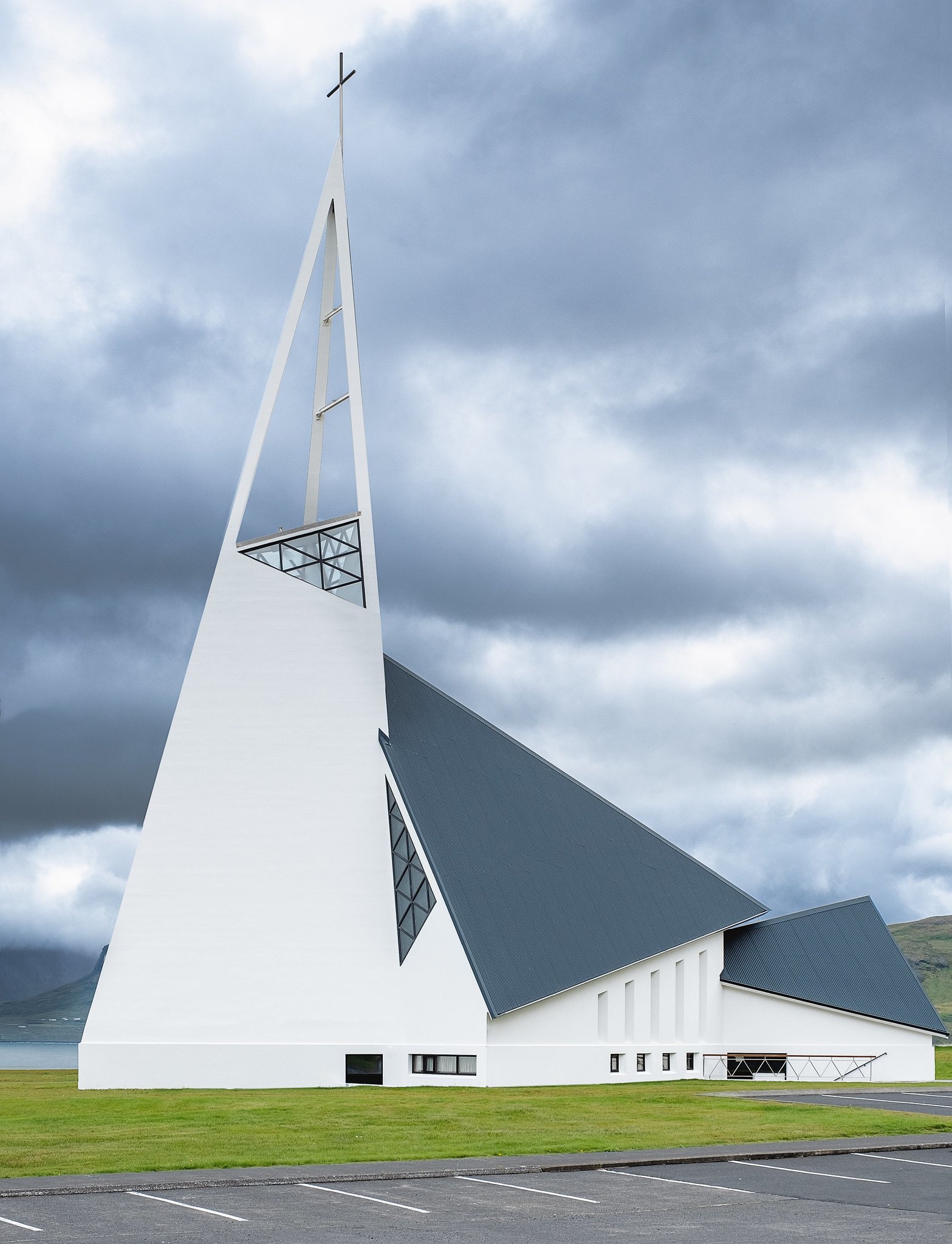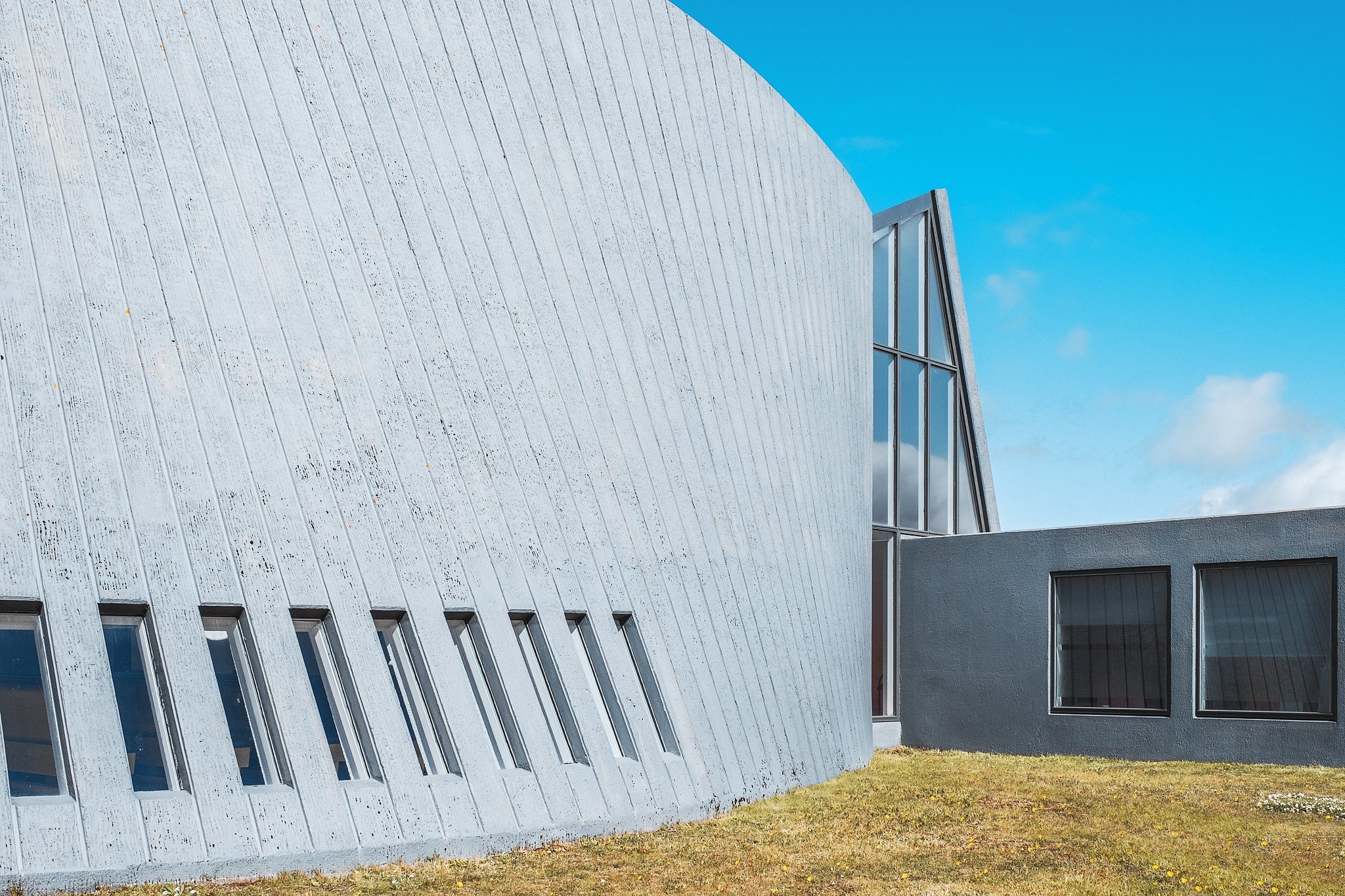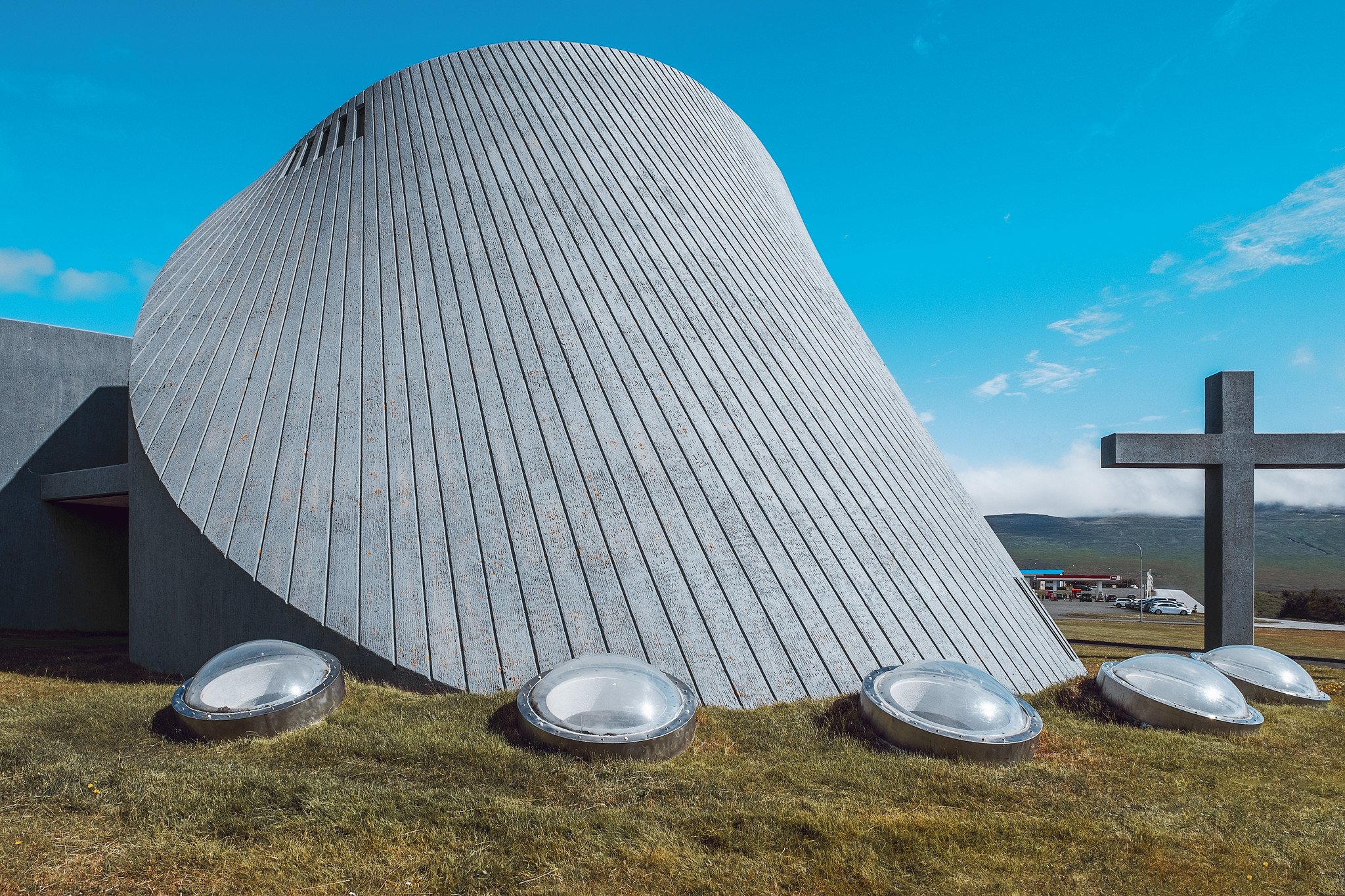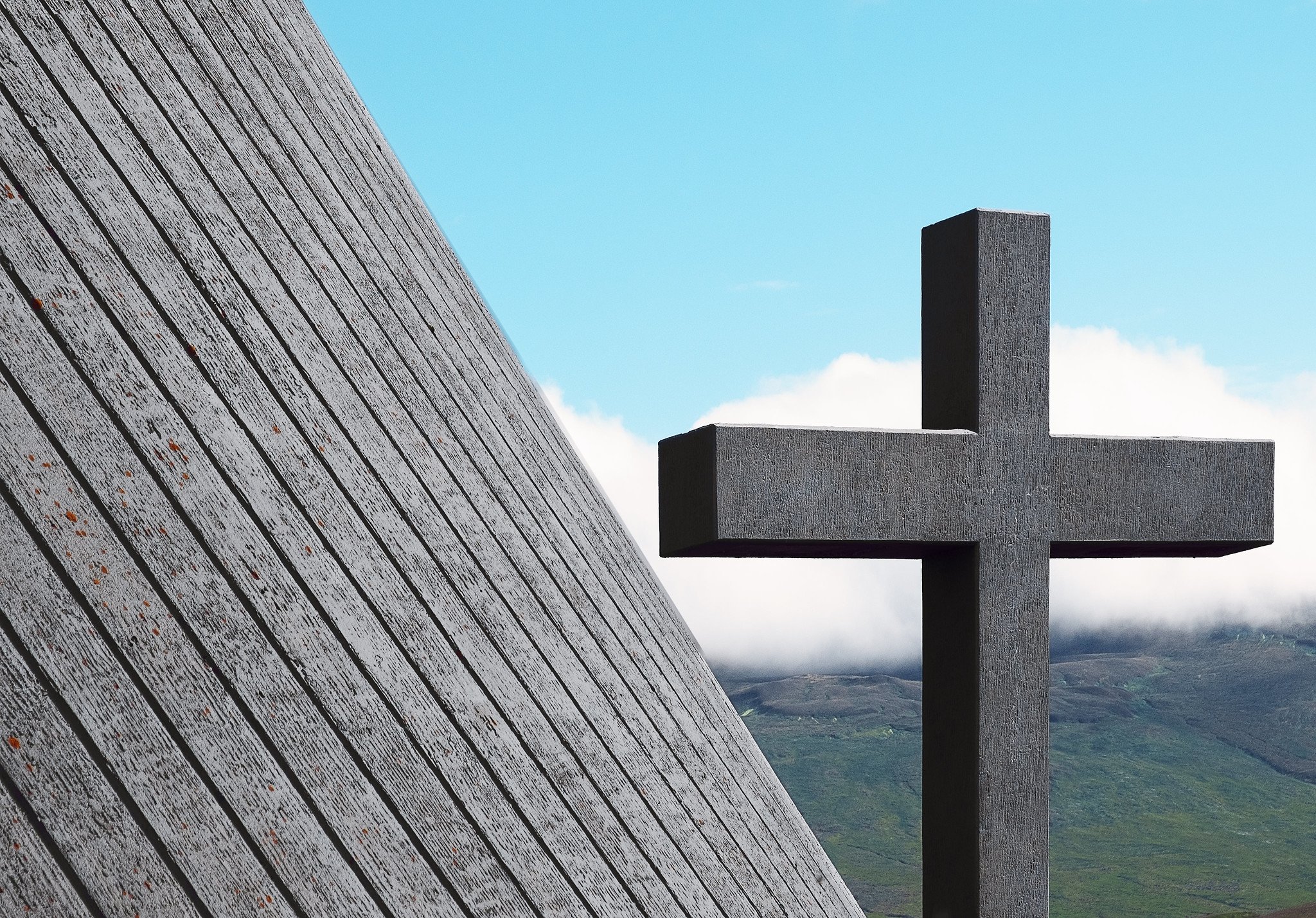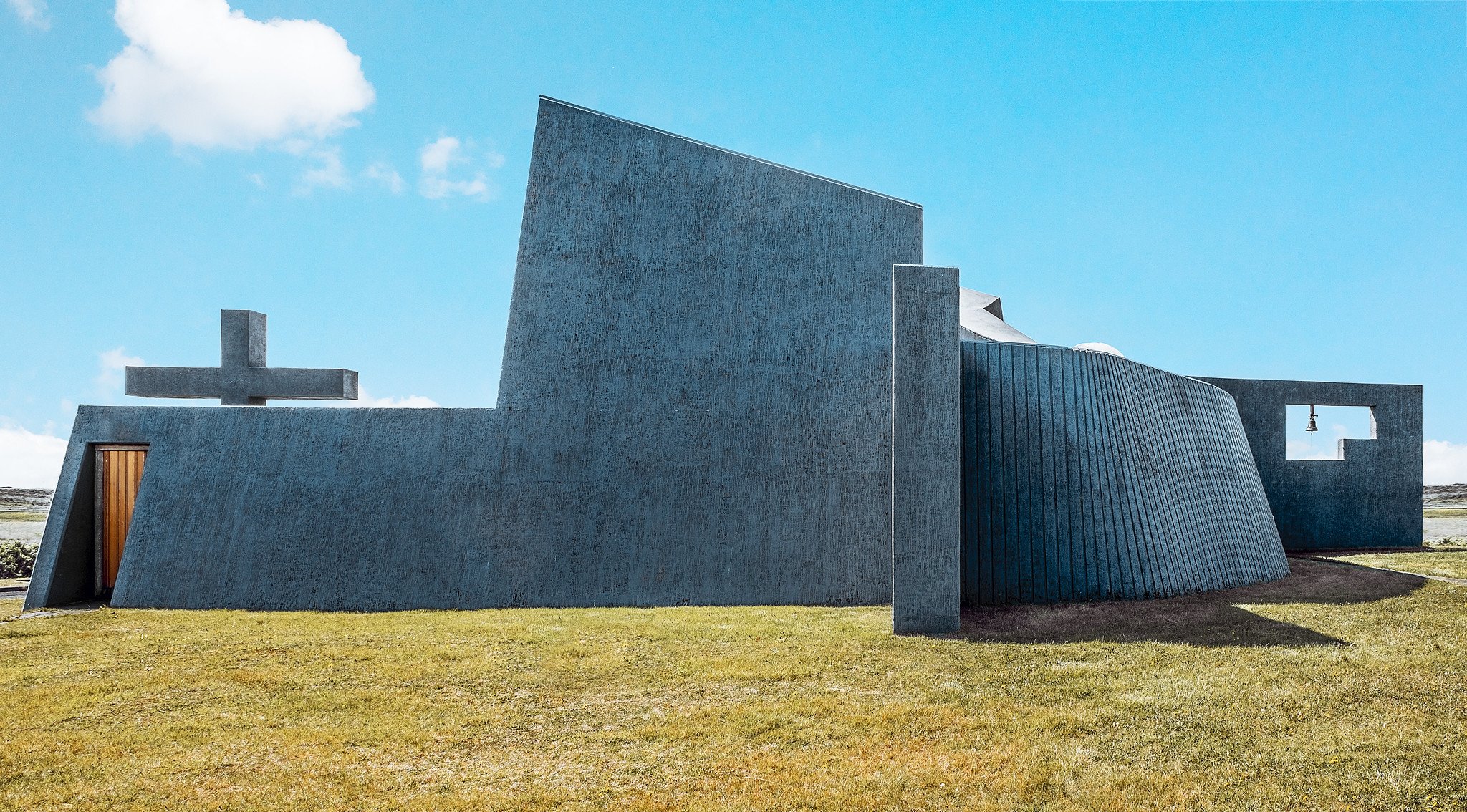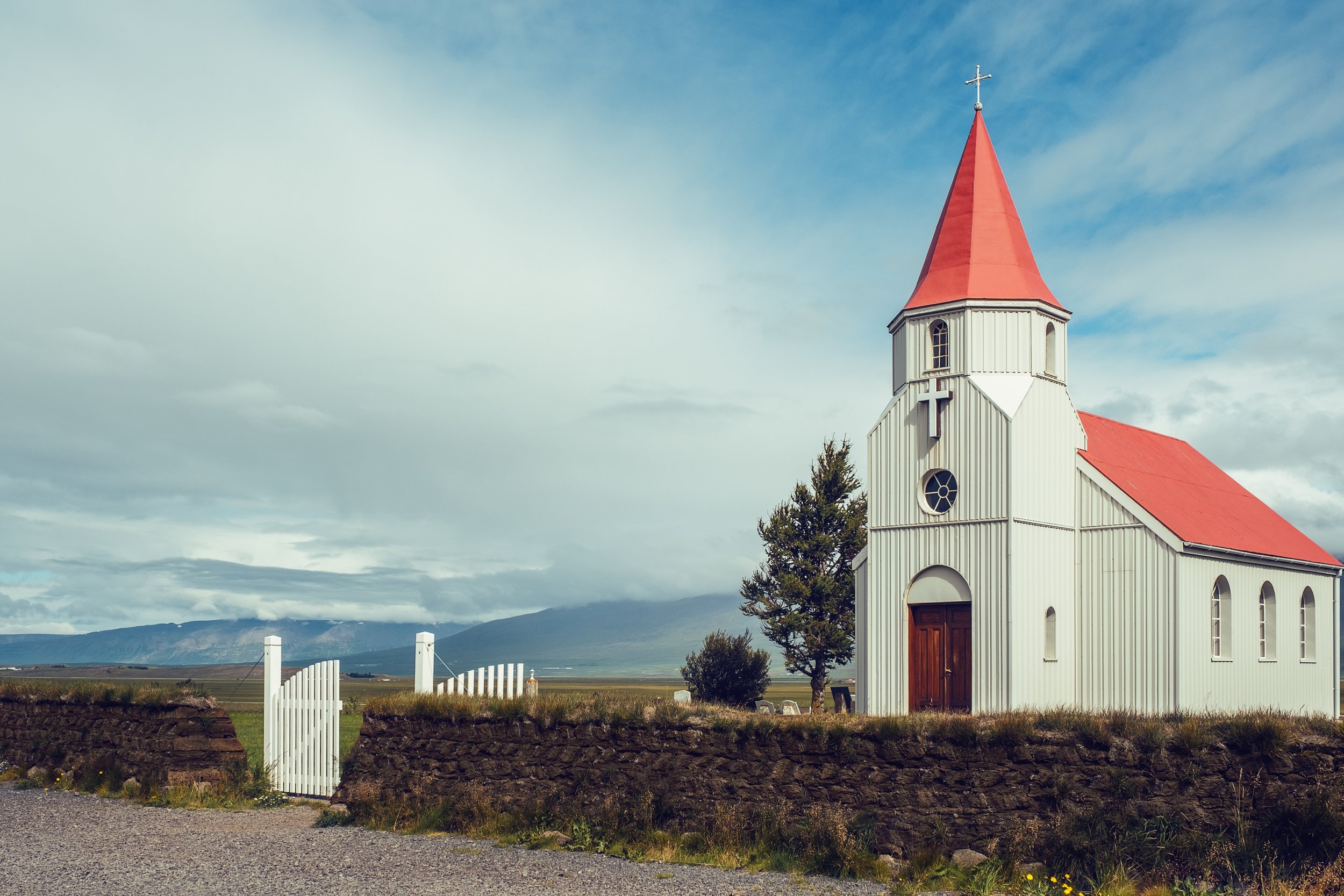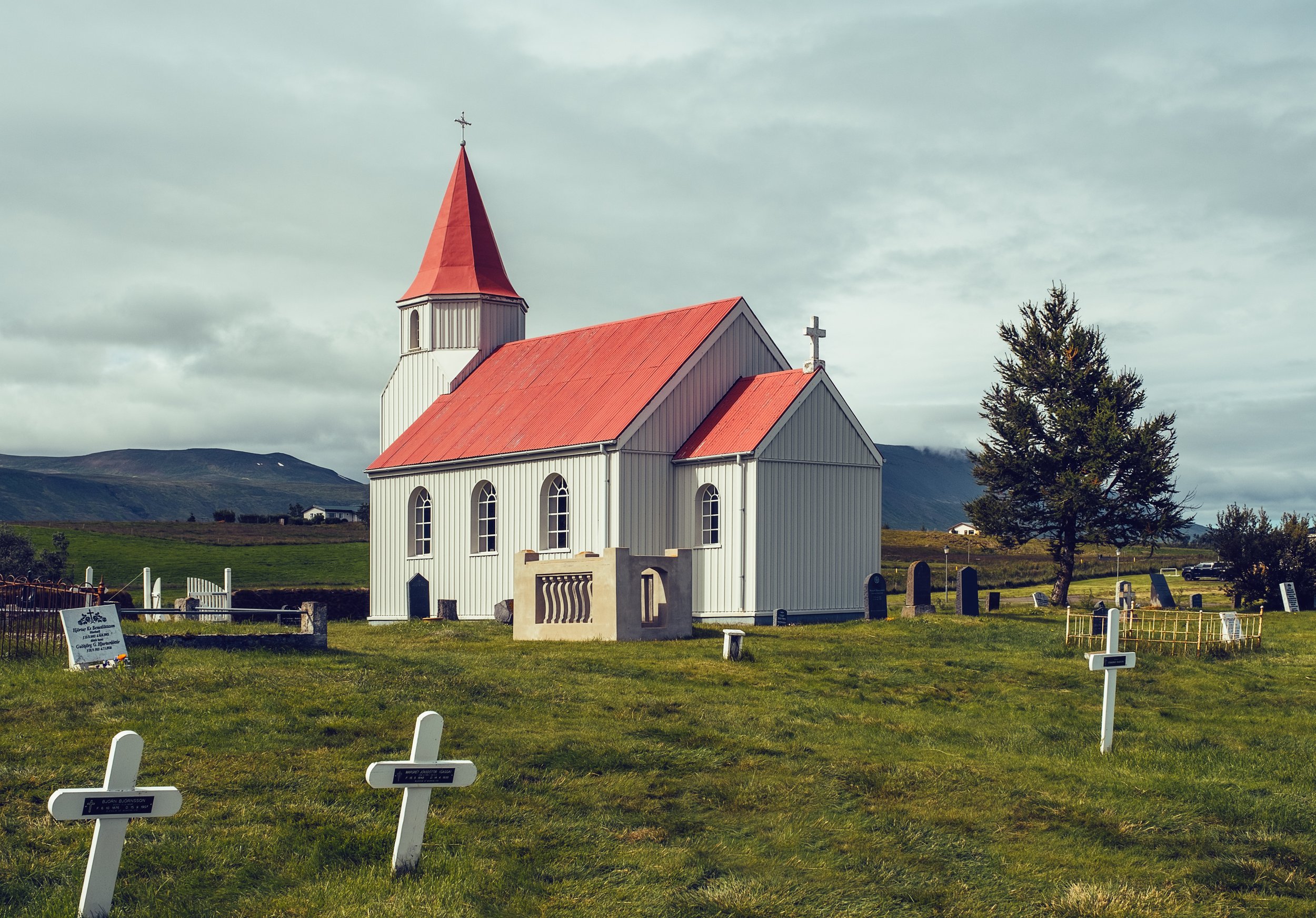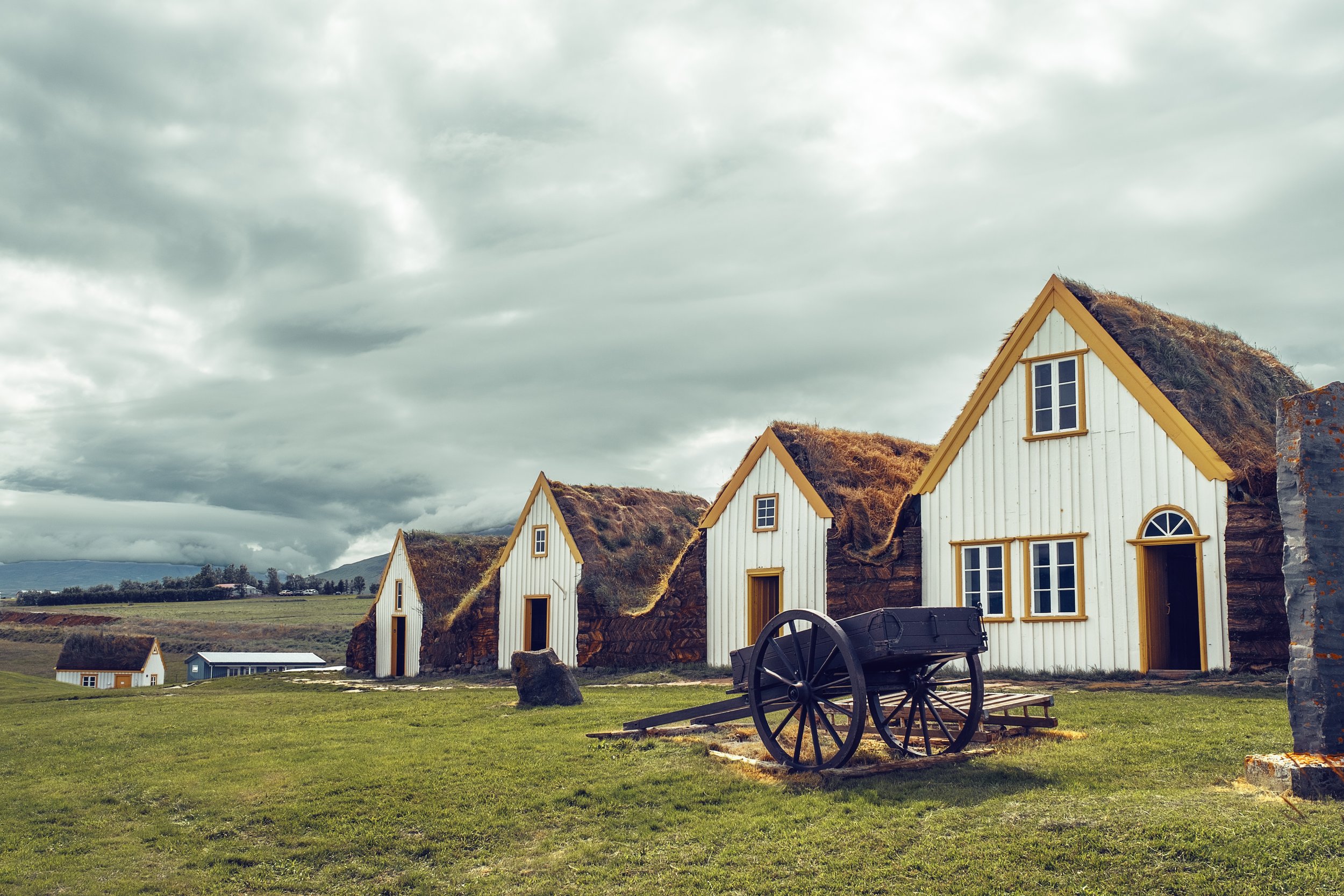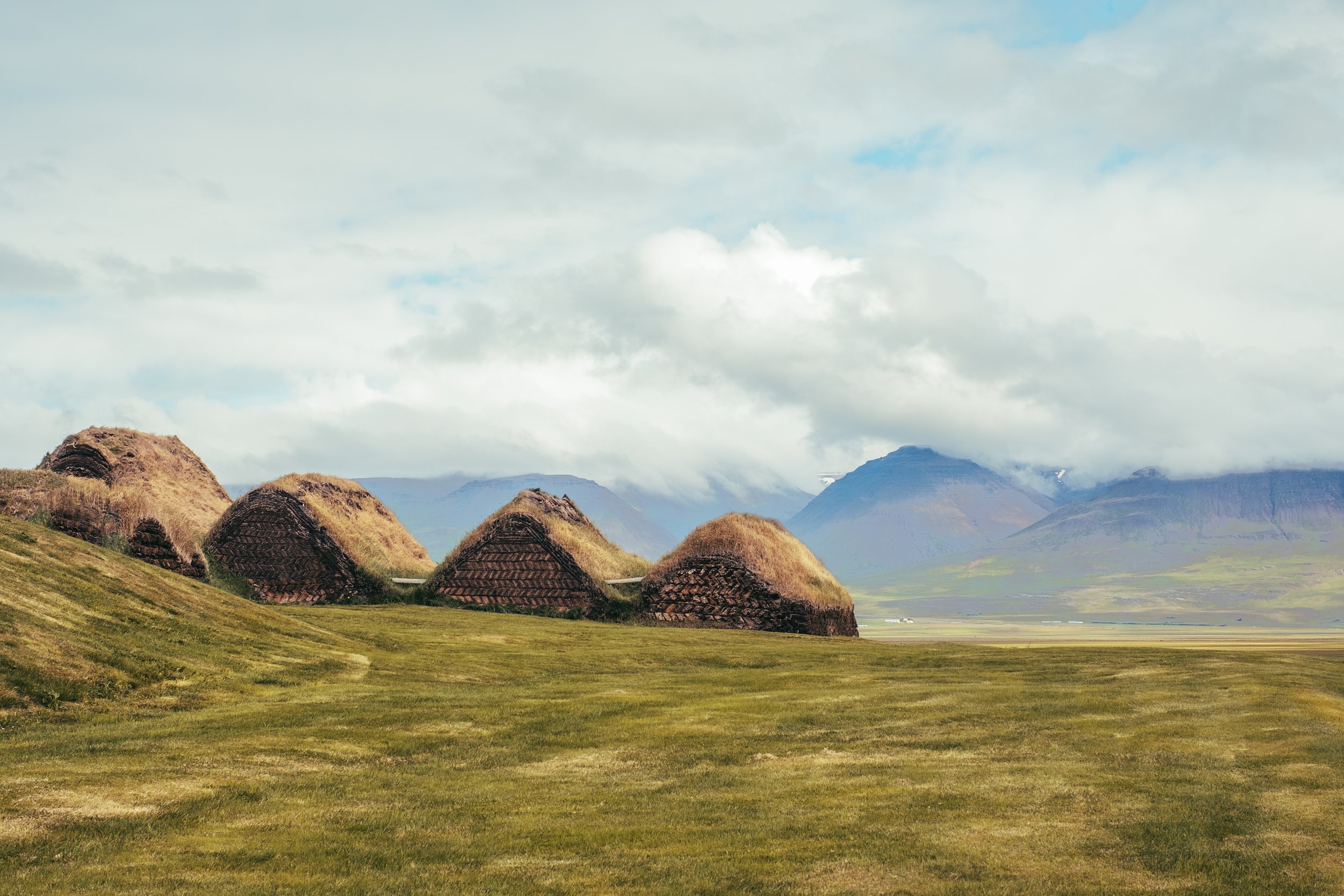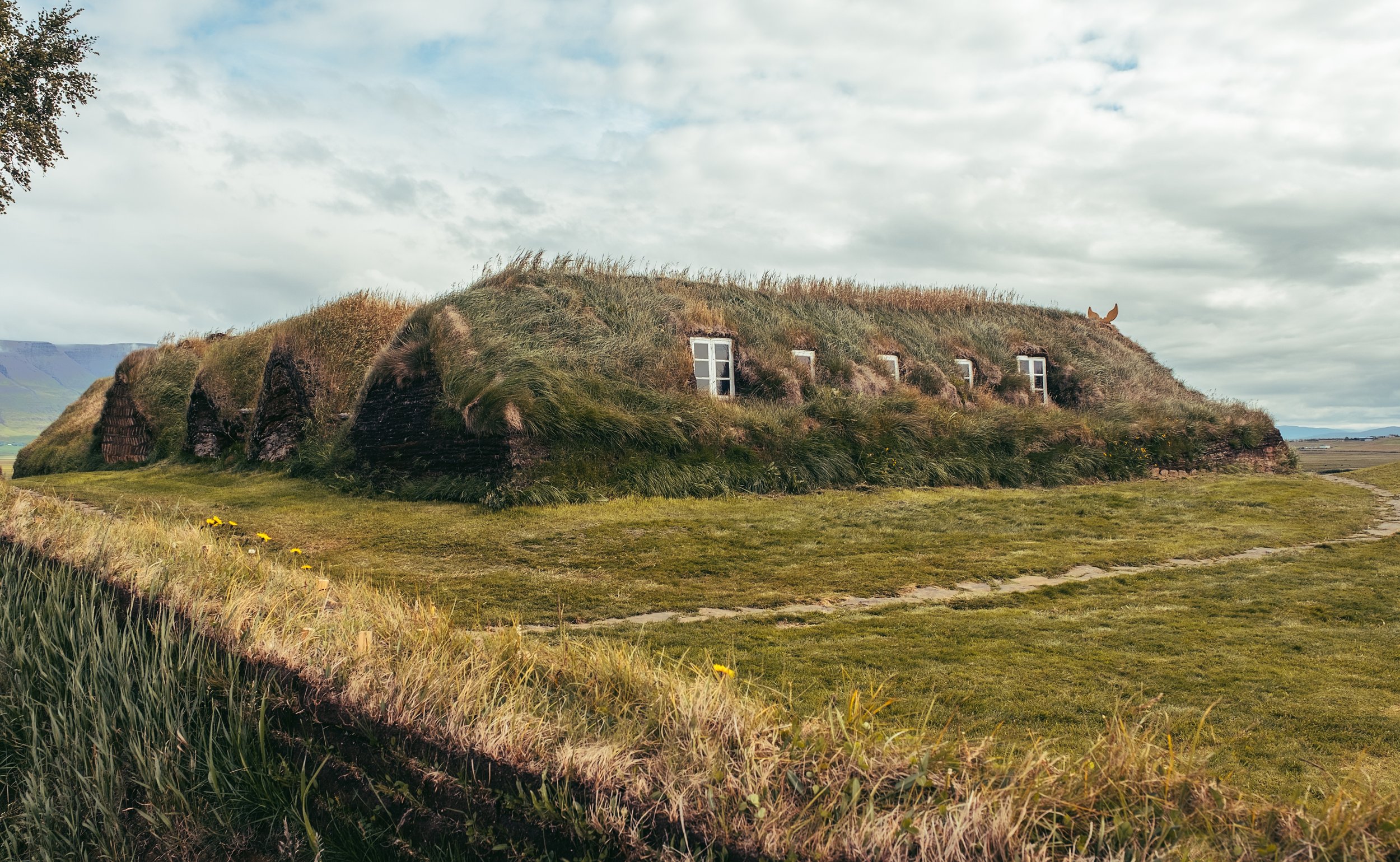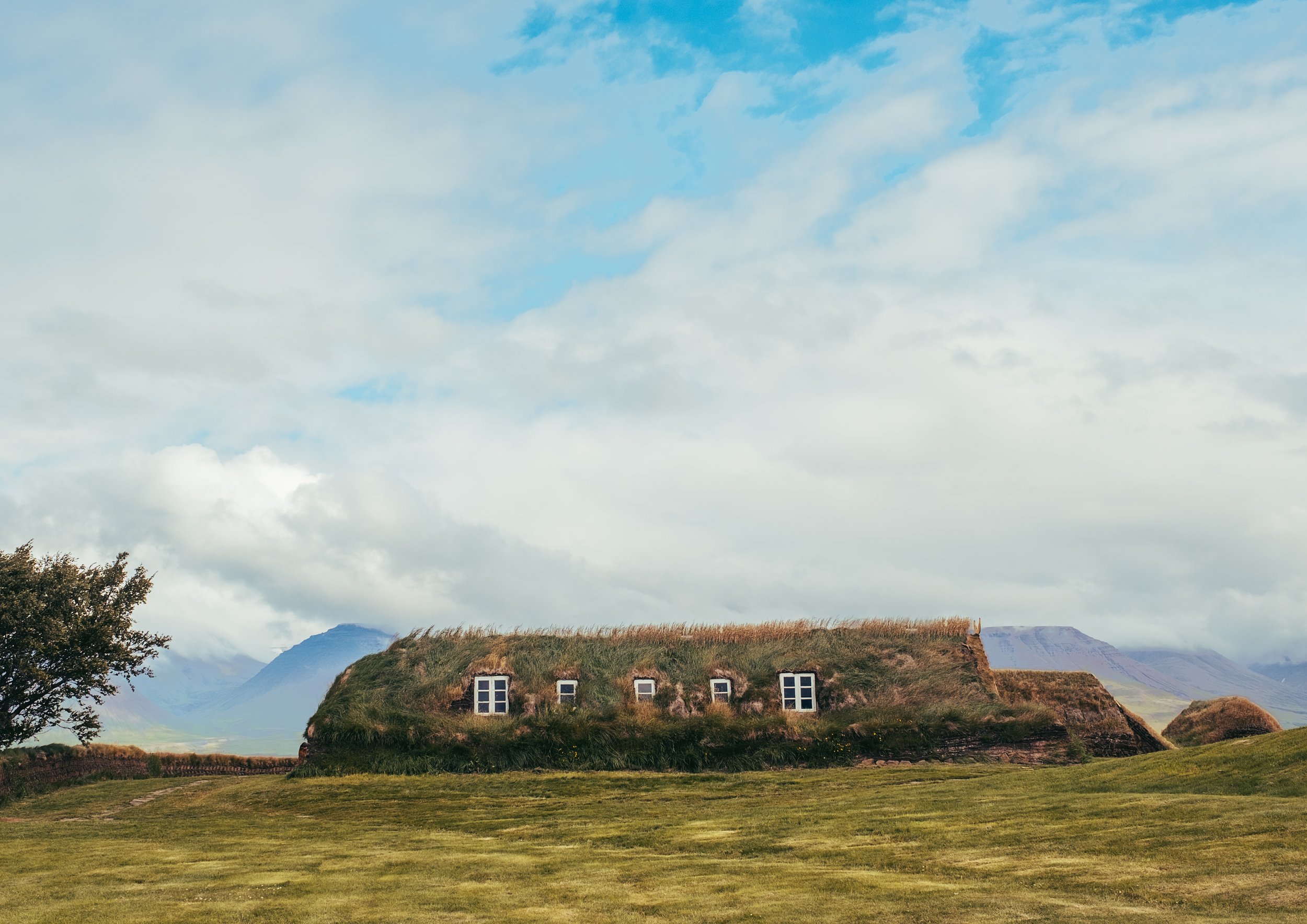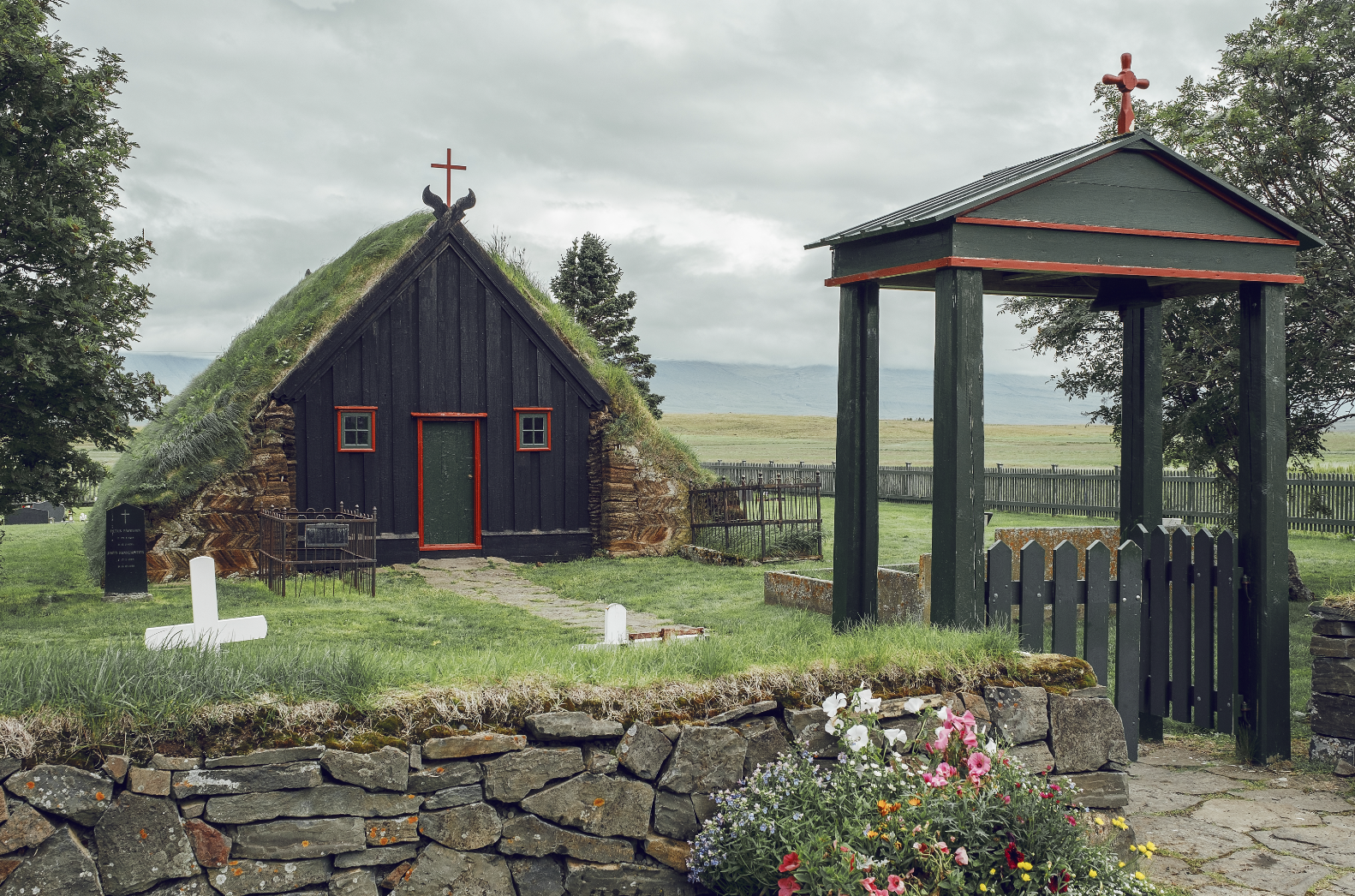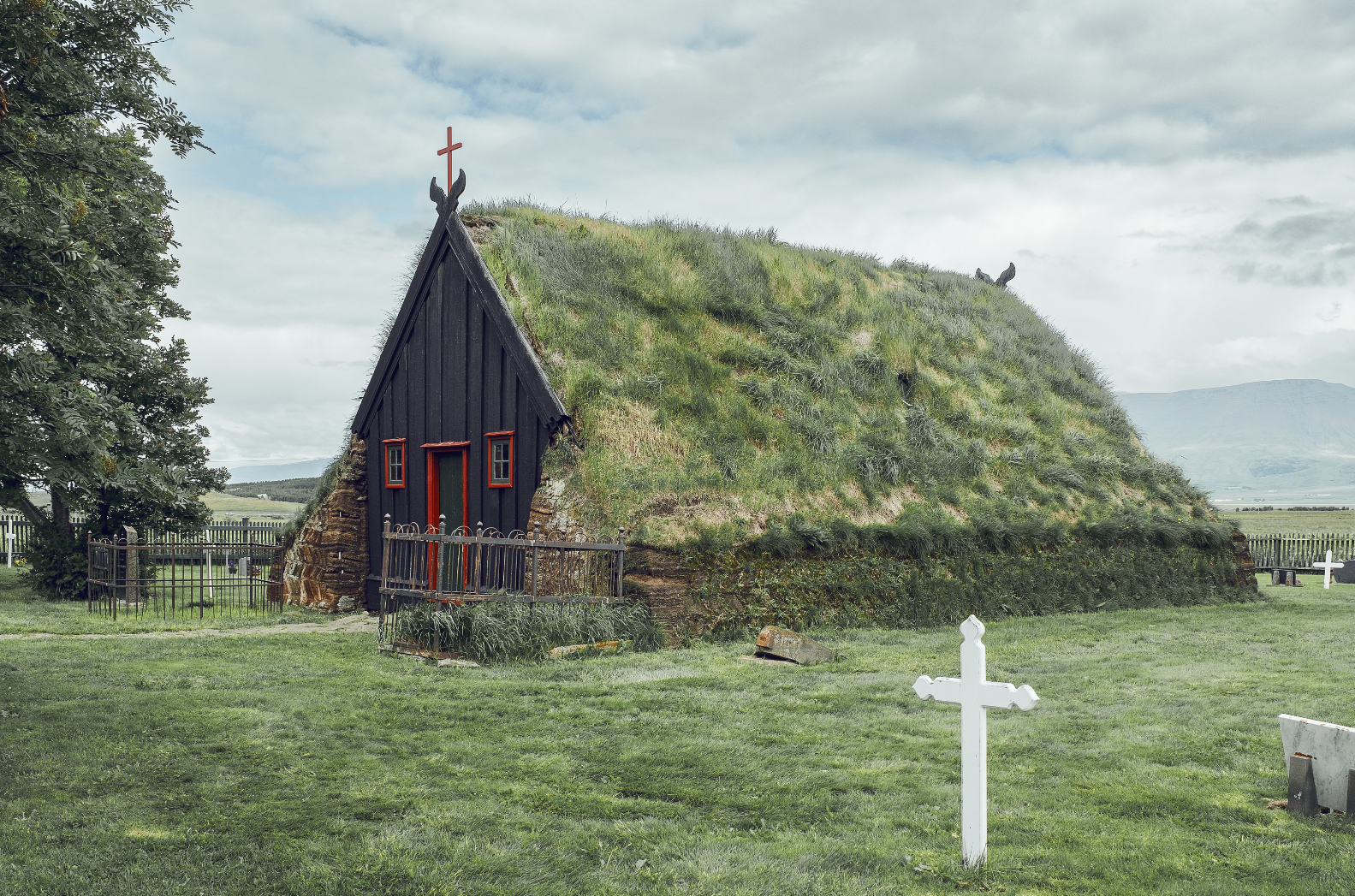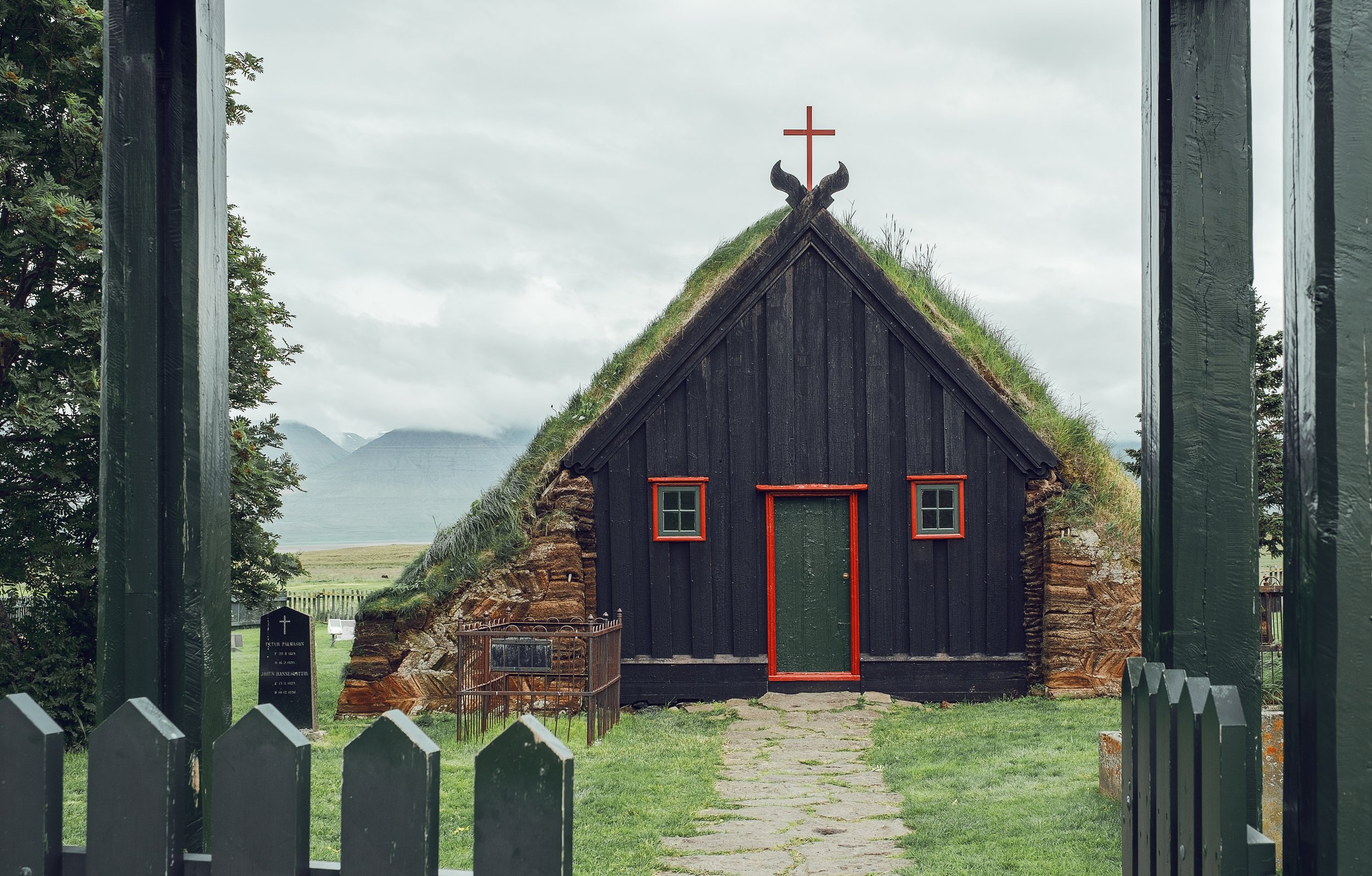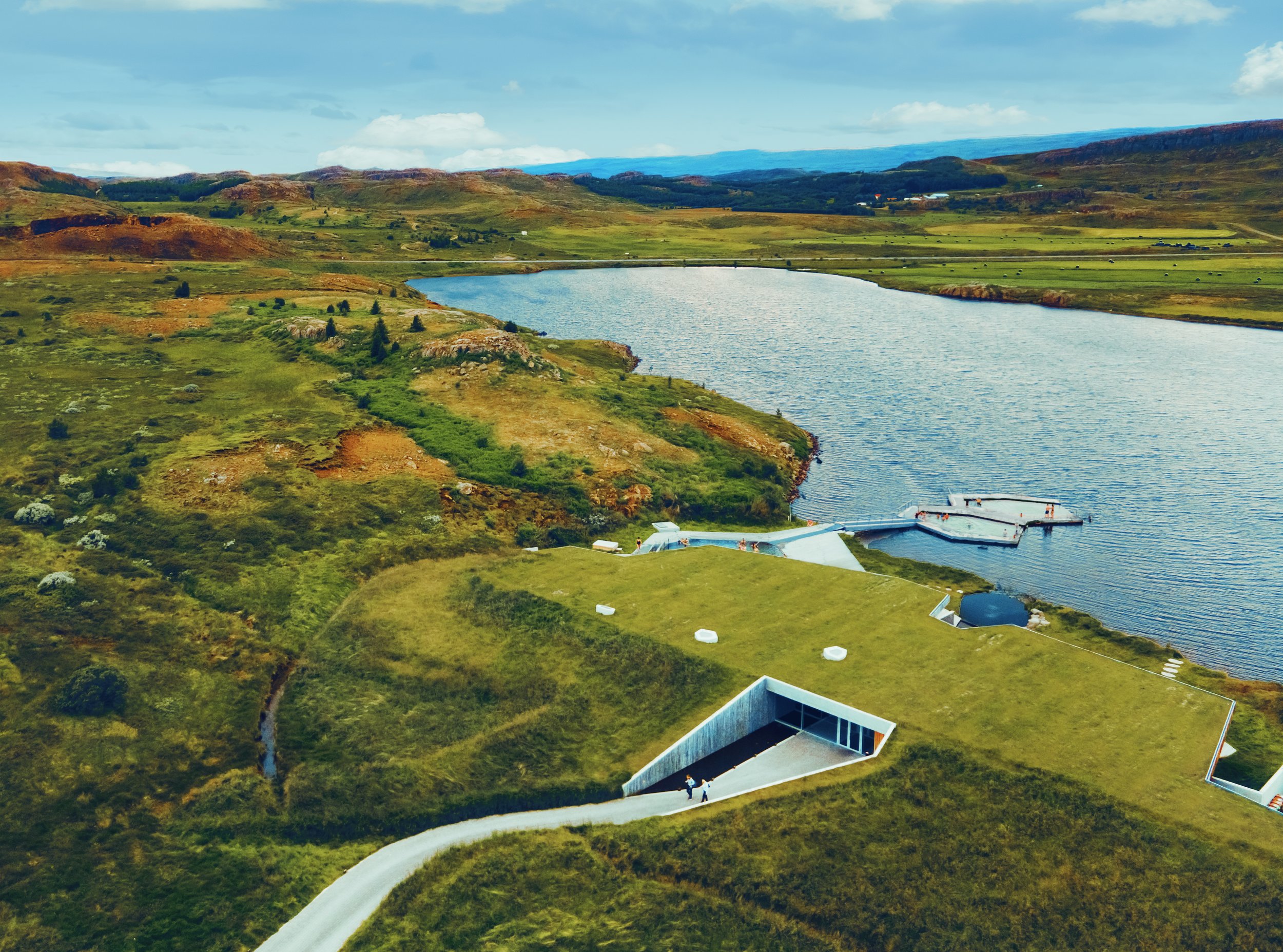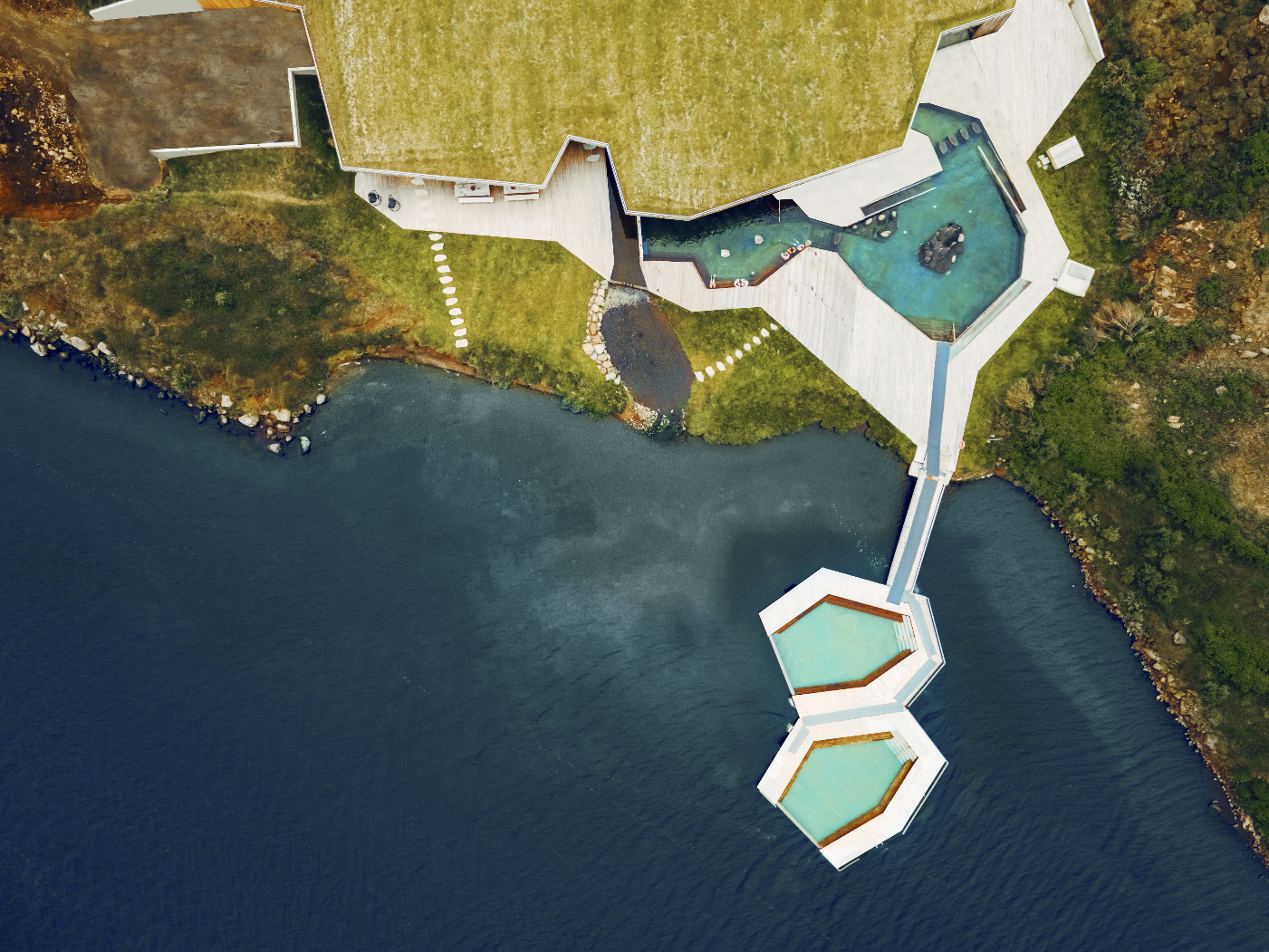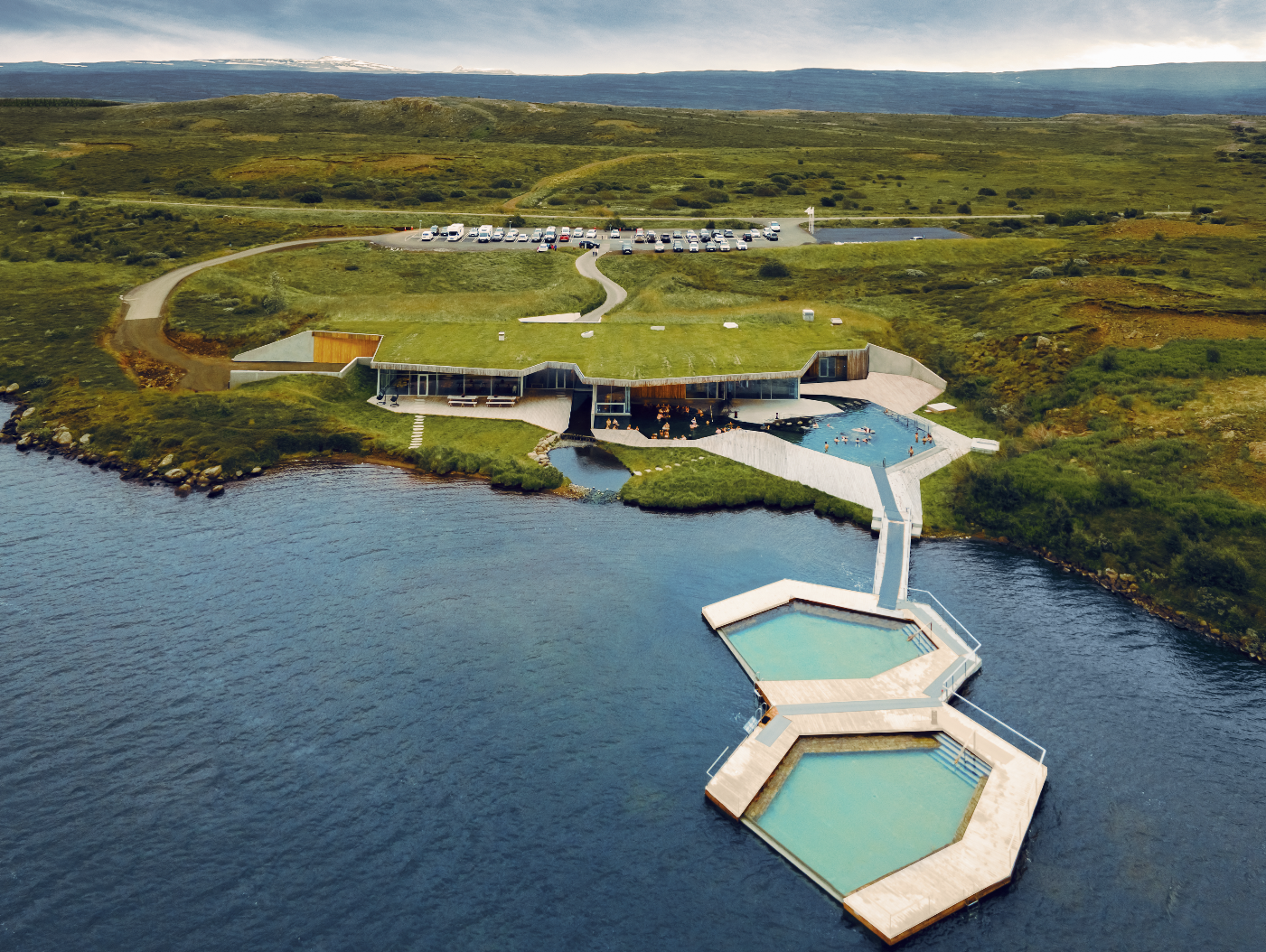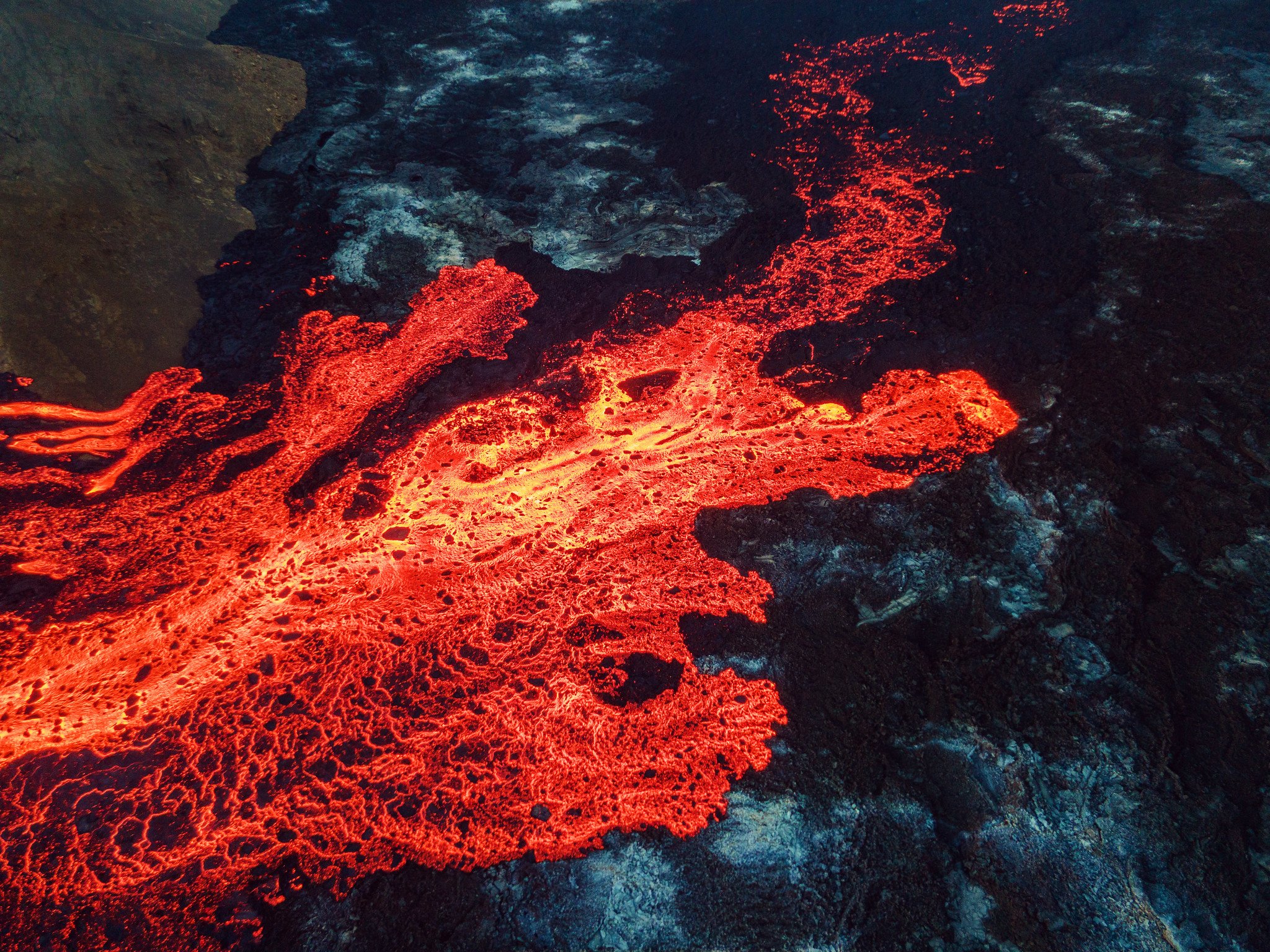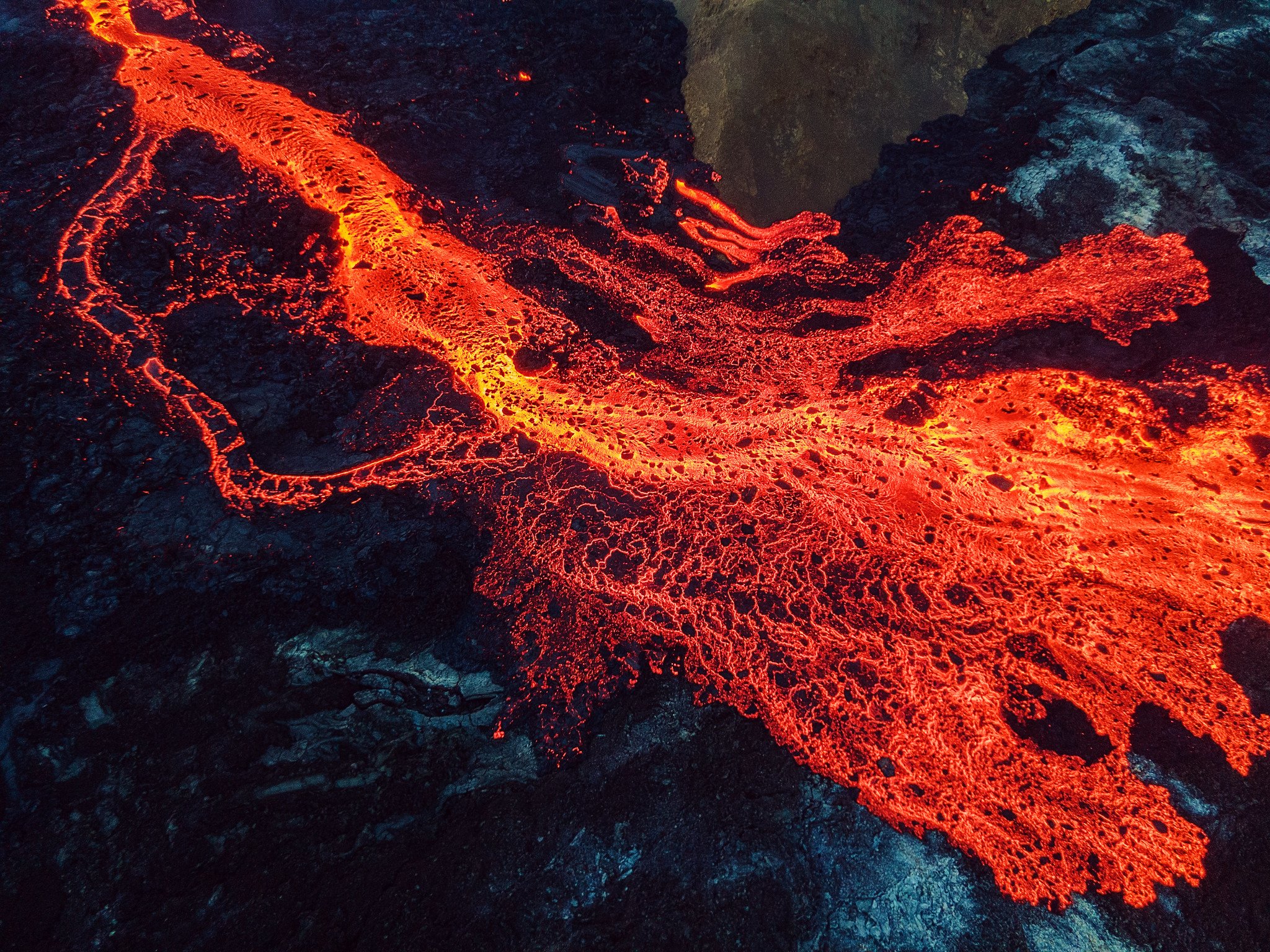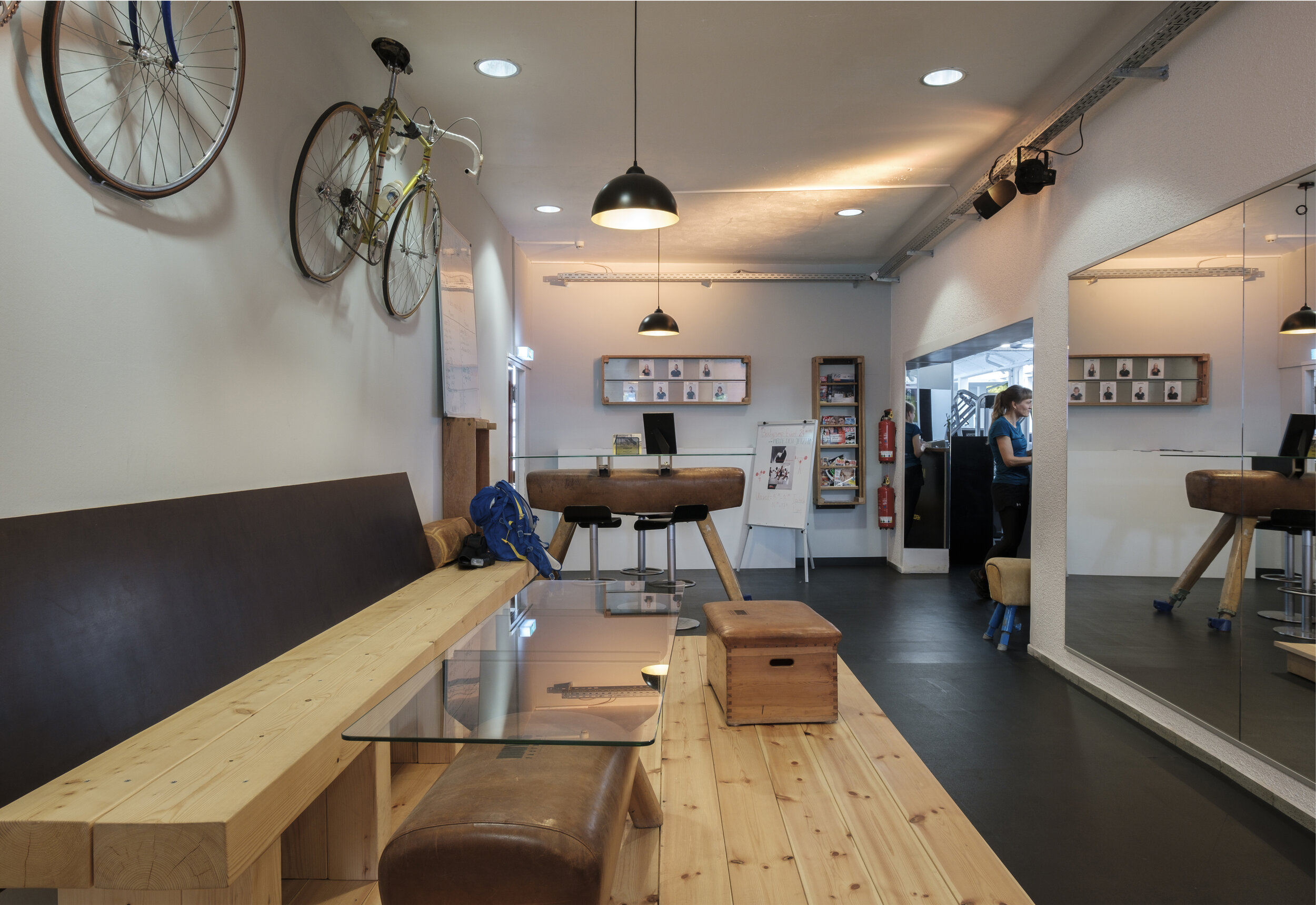At first, many people and hobby photographers might assume that interior photography is not that complex. You take your camera, mount it on a tripod and bring it into a space to shoot some long exposures. That’s how landscape photographers mostly do it. And yes, there are similarities, but as usual it is not that simple.
Common things of architectural and interior photography with landscape photography are that in most cases, you mount your camera onto a tripod, search for an interesting composition and take multiple exposures to merge them together into one final image. You mostly shoot with available light and fix some issues in Post-production. But despite all those similarities, there are two major differences in interior photography: Artificial lighting (if available light is not enough) mixing with natural light and staging.
Staging is the part that I would like to outline a bit in this article. In interiors, you cannot just simply expect that furniture is perfectly aligned and that all exposés are perfectly arranged. Even in real estate shoots, the realtor might tell you “Oh no, you don’t need to stage anything. We had already someone staging the house for our client.” Still, it has been staged for the eyes of people, who walk in and experience the entire space at the same time. This experience is missing when photographed. That’s where my job as a photographer comes in: I have to realign and rearrange the space to please the picture’s spectator, and to convey a message in my picture.
So, before I start the shoot, I scout the entire location and decide for my composition. Once I’ve locked it in, I start removing distractions - in the example below a backpack, a magnet board and a vaulting horse) - to declutter the scene, to separate the most important objects from each other and to remove unnecessary temporary items and installations.
In the next step, I align all the main elements - in the example below the glass table and the seat/box - before starting to add new elements to the scene. Before adding and bringing in new items and accessories, it is important to actually use only items that are available on-location and that add meaning to the scene at the same time.
In this case, I photographed the hangout area of a local gym. It is not that obvious in the beginning, as the bicycles are very untypical for gym and hence misleading the spectator. It could be a sports bar, a hip bicycle store or anything else. Of course, I made sure to implement the gym room into my composition (through the arch), but still I wanted to help the observer’s eye with a few more subtle hints figuring out that it is a gym or at least some sort of workout space. That’s why I asked for a branded towel and a bottle, which are compliant with the corporate design and identity. Then I also added a few drinks and a power bar from the fridge that you can purchase there.
That way, I killed three birds with one stone: I brought life into the otherwise empty and sterile space, I added meaning and some sort of human elements in a controlled way, and I also advertised products and merchandise purchasable at the gym.
All of this, took me at least 25 minutes before firing my first shot.
It drastically improved the image and saved me a lot of trouble in post-production.
Then, I still lit up different part of the rooms, took about 30 images and blended them manually together in Photoshop for two hours to one final piece. That’s why, good photography takes time and has its price.
